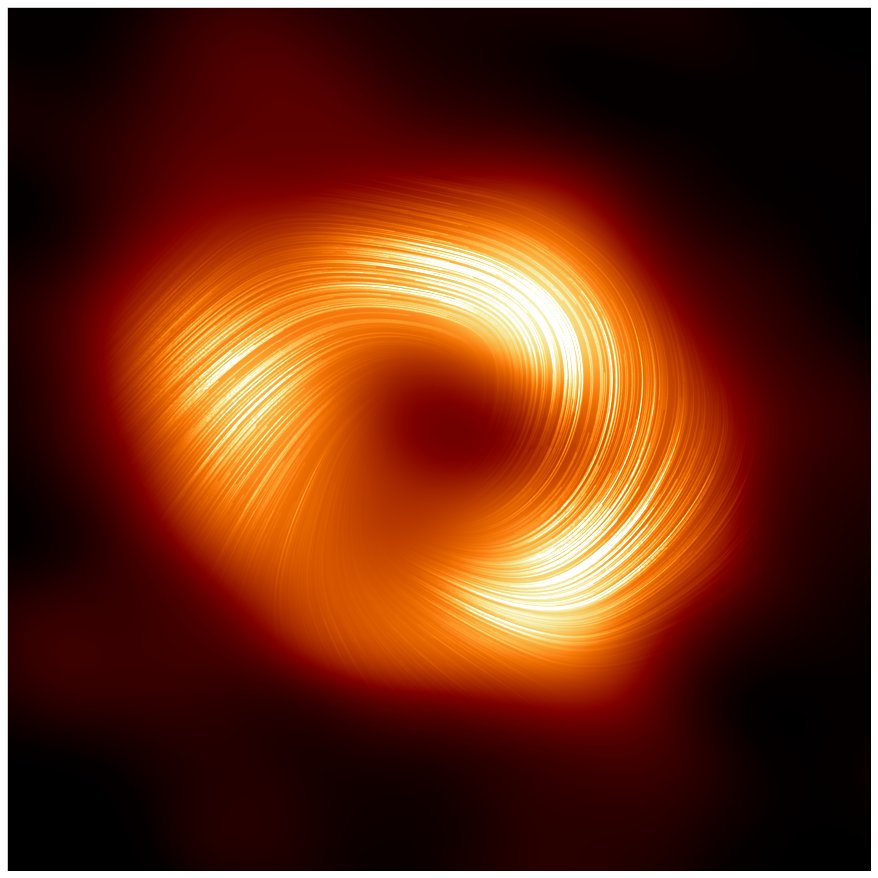
A team of astronomers has captured yet another incredible image of Sagittarius A* — often shortened to Sgr A* — which is the supermassive black hole lurking at the center of our galaxy.
The team used the Event Horizon Telescope (EHT), a massive telescope array that consists of a global network of radio observatories, to capture the black hole’s magnetic fields in polarized light for the first time.
The stunning image shares some striking similarities with the previously-observed black hole lurking at the center of the M87 galaxy, called M87*, some 53 million light-years from Earth. As such, the new data suggests that the structure of Sgr A*’s magnetic fields could be a commonality among other supermassive black holes as well.

Previous observations of M87*, among them the first image ever taken of a black hole, showed the object spewing powerful jets of material into the surrounding environment.
The latest image of Sgr A* suggests that it could be releasing similar jets. That’s despite M87* being almost a thousand times more massive — a size that would allow it to effectively swallow up our entire solar system.
“What we’re seeing now is that there are strong, twisted, and organized magnetic fields near the black hole at the center of the Milky Way galaxy,” said project co-lead and Harvard astrophysicist Sara Issaoun in the statement. “Along with Sgr A* having a strikingly similar polarization structure to that seen in the much larger and more powerful M87* black hole, we’ve learned that strong and ordered magnetic fields are critical to how black holes interact with the gas and matter around them.”
Studying objects like supermassive black holes in polarized light allows us to map their magnetic field lines. These lines allow scientists to infer how matter gets gobbled up and ejected by black holes over time.
But getting to this point was anything but easy. Obtaining the latest image of Sgr A* was exceedingly difficult.
“Making a polarized image is like opening the book after you have only seen the cover,” explained Geoffrey Bower, EHT project scientist and researcher at the Institute of Astronomy and Astrophysics, Academia Sinica, Taiwan, in the statement. “Because Sgr A* moves around while we try to take its picture, it was difficult to construct even the unpolarized image.”
The astronomers are already excited about what new black hole secrets future technologies could help us uncover.
But even the observed similarities between M87* and Sgr A* alone are already allowing astronomers to “refine our theoretical models and simulations, improving our understanding of how matter is influenced near the event horizon of a black hole,” according to EHT deputy project scientist and University of Naples professor Mariafelicia De Laurentis.
More on black holes: Scientists Surprised to Realize Red Dots in James Webb Images Are Black Holes